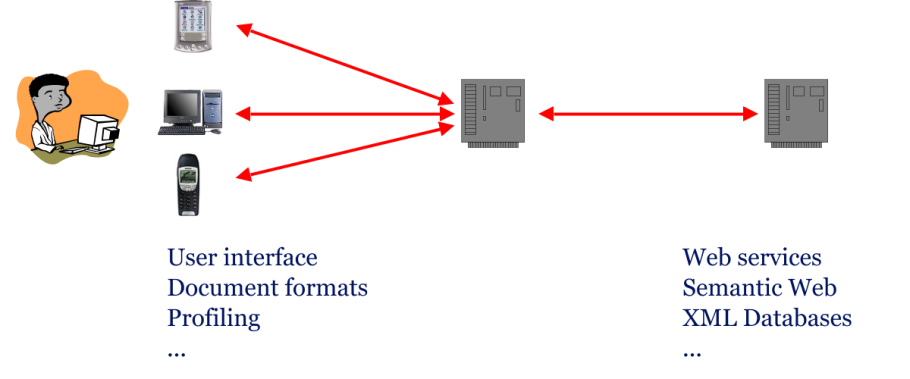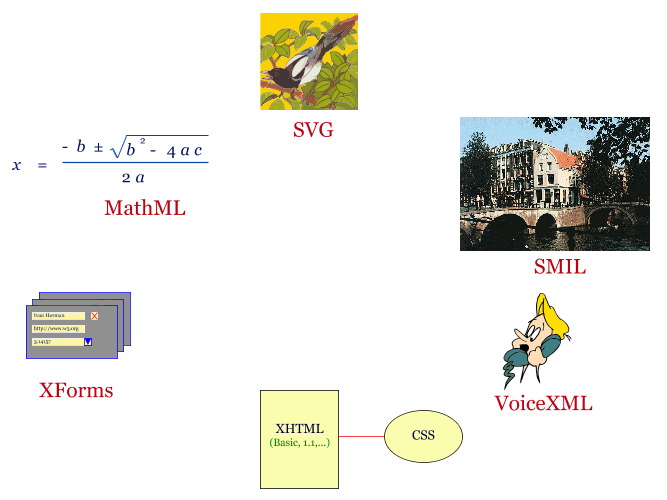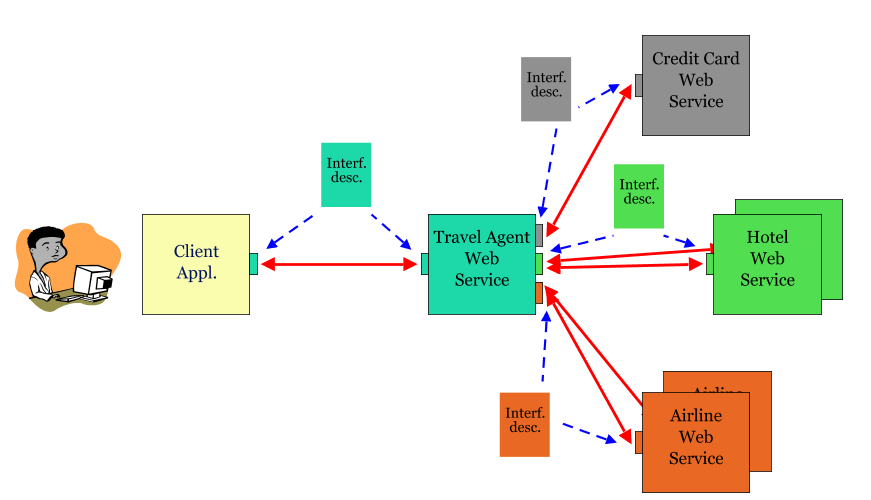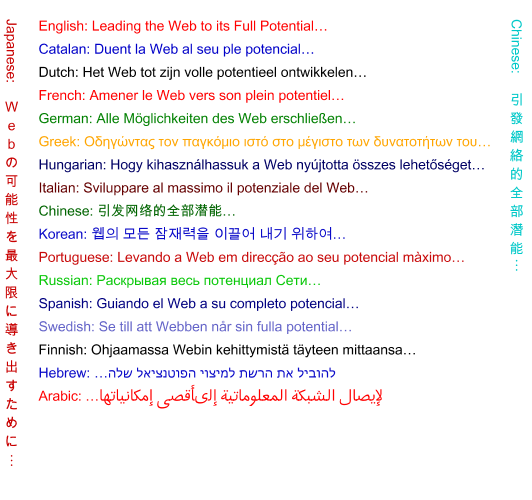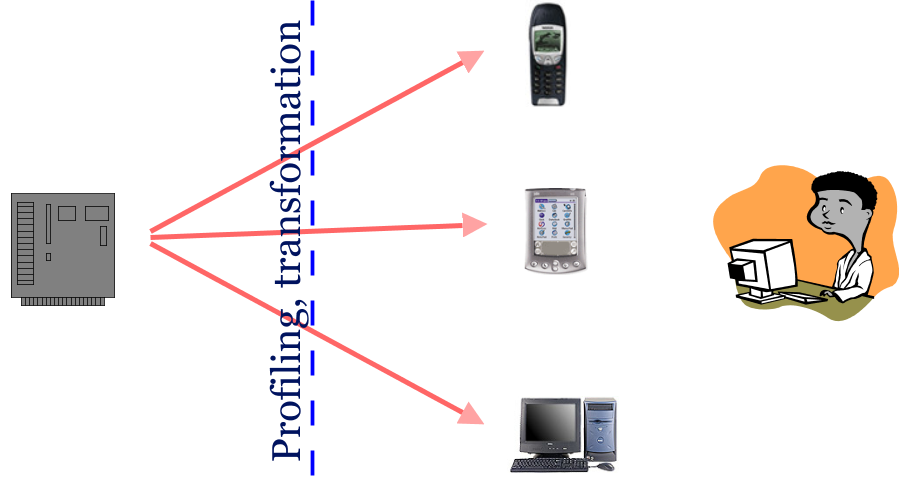Overview of W3C Technologies
Ivan Herman, W3C Head of Offices
Egmond aan Zee, 12 November, 2002
- Title Page
- Some history
- Work at W3C
- Some guiding principles at W3C
- Usage of the Web has evolved
- W3C's interoperable XML toolkit
- User Interface technologies
- What some of them do...
- W3C's UI recommendations
- Increased automation on the Web
- Procedure based automation
- Procedure based automation (cont)
- WS Example: Travel Agency
- Data based automation
- Data based automation (cont)
- SW Example: Newsfeed
- Web Services and the Semantic Web
- The Web is for everybody!
- What do we need?
- Example: international text
- Example: adapted presentation
- We need you!
- More infos
